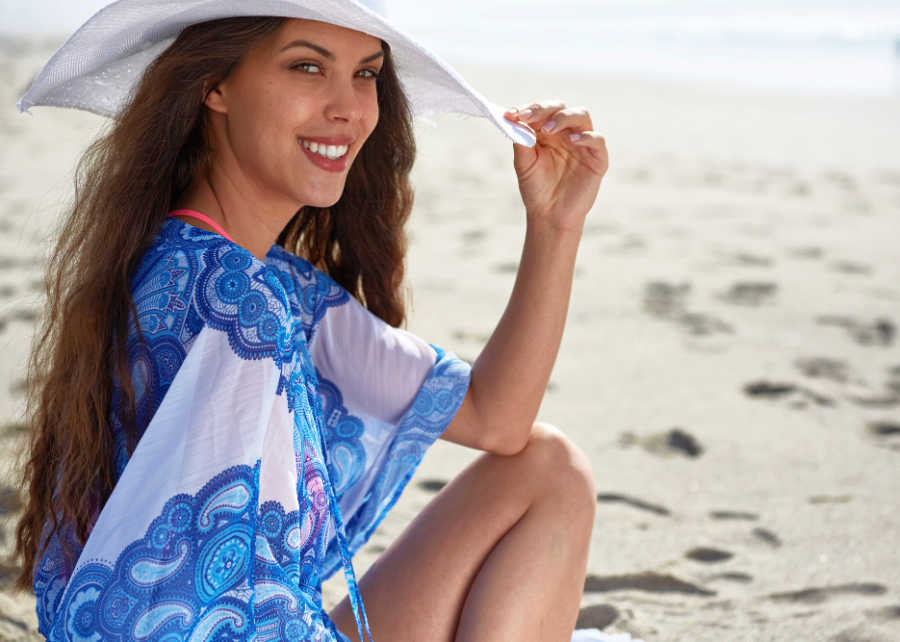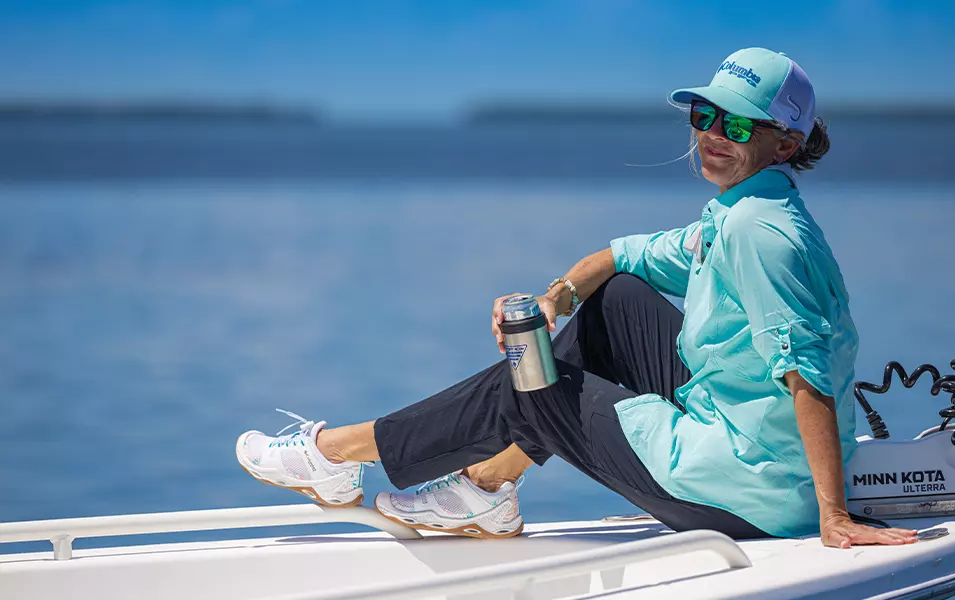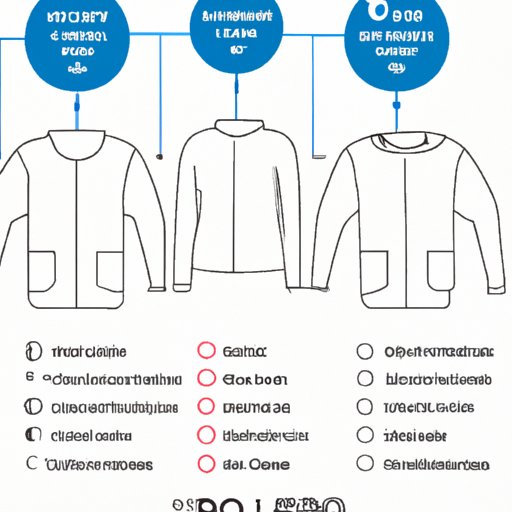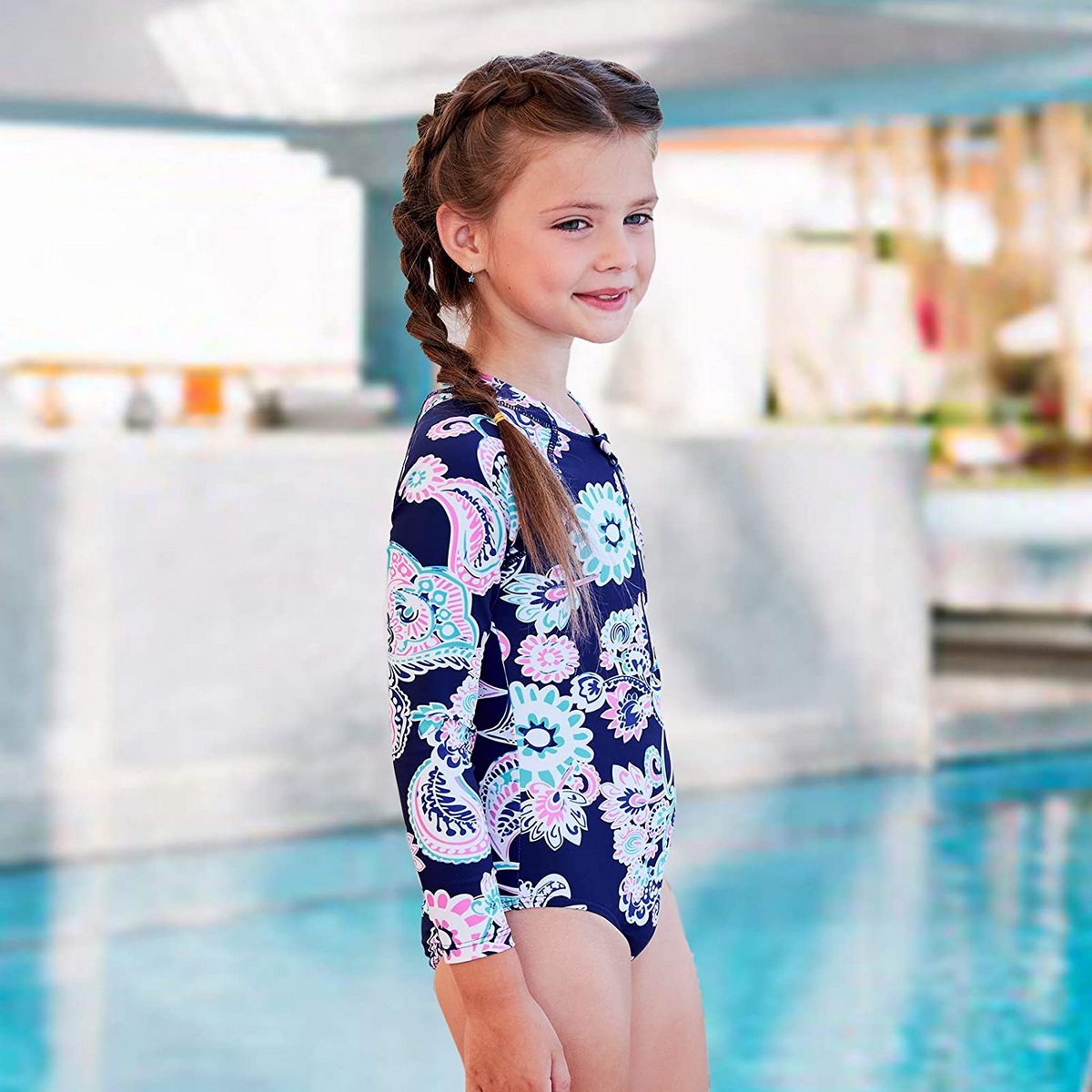Content Menu
● Understanding UPF: The Basics
● The Science Behind UPF Fabrics
● Benefits of UPF Swimwear
● Features of UPF Swimwear
● UPF Ratings Explained
● Caring for Your UPF Swimwear
● UPF Swimwear for Different Age Groups
● Combining UPF Swimwear with Other Sun Protection Methods
● The Future of UPF Swimwear
● Conclusion
● Video Resources
● Frequently Asked Questions
>> 1. Q: How is UPF different from SPF?
>> 2. Q: Can UPF swimwear replace sunscreen entirely?
>> 3. Q: Does UPF swimwear lose its effectiveness over time?
>> 4. Q: Is UPF swimwear only for people with sensitive skin?
>> 5. Q: Can I get a tan while wearing UPF swimwear?
In recent years, there has been a growing awareness of the importance of sun protection, not just for our skin but also for our overall health. As we spend more time outdoors, especially during beach vacations or pool days, it's crucial to understand how we can best protect ourselves from harmful UV rays. This is where UPF swimwear comes into play, offering a revolutionary approach to sun protection that goes beyond traditional sunscreen. In this comprehensive article, we'll explore what UPF swimwear is, its benefits, features, and why it's becoming an essential part of sun-safe wardrobes worldwide.
Understanding UPF: The Basics
UPF stands for Ultraviolet Protection Factor, a rating system used to measure the effectiveness of sun-protective fabrics. Similar to how SPF (Sun Protection Factor) is used for sunscreens, UPF indicates how much of the sun's UV radiation is blocked by the fabric. The higher the UPF rating, the greater the protection offered.

UPF swimwear is specifically designed to provide protection against both UVA and UVB rays. UVA rays are responsible for premature aging and can penetrate deeper into the skin, while UVB rays are the primary cause of sunburn. By blocking both types of rays, UPF swimwear offers comprehensive protection against sun damage.
The Science Behind UPF Fabrics
The effectiveness of UPF swimwear lies in its specialized fabric construction. These fabrics are engineered to either absorb UV radiation or reflect it away from the skin. Several factors contribute to a fabric's UPF rating:
1. Fiber Type: Some fibers naturally absorb UV radiation better than others. For example, polyester and nylon are often used in UPF swimwear due to their excellent UV-blocking properties.
2. Fabric Weave: Tighter weaves allow less UV radiation to pass through. UPF swimwear often features dense, tightly woven fabrics that create a physical barrier against the sun's rays.
3. Color: Darker colors and more vibrant hues tend to absorb more UV radiation than lighter colors. However, specially treated fabrics can provide high UPF ratings regardless of color.
4. Treatments and Additives: Some UPF swimwear incorporates special UV-absorbing treatments or additives that enhance the fabric's protective qualities.
5. Stretch: The protection offered by the fabric can be affected when it's stretched, so high-quality UPF swimwear is designed to maintain its protective properties even when wet or stretched.
Benefits of UPF Swimwear
1. Consistent Protection: Unlike sunscreen, which needs to be reapplied frequently, UPF swimwear provides constant protection as long as you're wearing it. This is particularly beneficial for water activities where sunscreen can wash off.
2. Broad Spectrum Coverage: UPF swimwear protects against both UVA and UVB rays, offering comprehensive sun protection.
3. Convenience: With UPF swimwear, you don't need to worry about missing spots or uneven application, which can happen with sunscreen.
4. Cost-Effective: While the initial investment might be higher than regular swimwear, UPF swimwear can be more cost-effective in the long run compared to constantly buying and applying sunscreen.
5. Environmentally Friendly: By reducing the need for chemical sunscreens, UPF swimwear can be a more eco-friendly option, particularly for marine environments.

Features of UPF Swimwear
UPF swimwear comes in a variety of styles and designs, catering to different preferences and needs. Some common features include:
1. Full Coverage Options: Many UPF swimwear pieces offer more coverage than traditional swimwear, including long-sleeved rash guards, swim shirts, and full-body suits.
2. Moisture-Wicking Properties: High-quality UPF fabrics often incorporate moisture-wicking technology to keep wearers cool and comfortable.
3. Quick-Drying Materials: UPF swimwear is typically made from materials that dry quickly, making it comfortable to wear both in and out of the water.
4. Chlorine and Saltwater Resistance: Many UPF swimwear options are designed to withstand the harsh effects of chlorine and saltwater, maintaining their protective properties and shape over time.
5. Stylish Designs: Gone are the days when sun-protective clothing was bulky and unattractive. Modern UPF swimwear comes in a wide range of fashionable styles and patterns.
6. Versatility: Many UPF swimwear pieces are designed to be worn both in the water and as casual beachwear, offering protection and style in various settings.

UPF Ratings Explained
UPF ratings typically range from 15 to 50+. Here's what these numbers mean:
- UPF 15-20: Good protection, blocking 93.3-95% of UV radiation
- UPF 25-35: Very good protection, blocking 96-97.4% of UV radiation
- UPF 40-50+: Excellent protection, blocking 97.5-98%+ of UV radiation
For maximum protection, look for swimwear with a UPF rating of 50+, which blocks 98% or more of UV radiation.
Caring for Your UPF Swimwear
To ensure your UPF swimwear maintains its protective properties, proper care is essential:
1. Rinse after use: Always rinse your UPF swimwear in fresh water after swimming, especially if exposed to chlorine or saltwater.
2. Gentle washing: Use a mild detergent and wash your UPF swimwear on a gentle cycle or by hand.
3. Avoid harsh treatments: Stay away from bleach, fabric softeners, and other harsh chemicals that can degrade the fabric's protective properties.
4. Air dry: Hang your UPF swimwear to air dry in the shade. Avoid using a dryer, as heat can damage the fabric and reduce its effectiveness.
5. Avoid excessive stretching: While UPF swimwear is designed to maintain its protection when stretched, excessive stretching over time can reduce its effectiveness.
UPF Swimwear for Different Age Groups
UPF swimwear is beneficial for people of all ages, but it's particularly important for certain groups:
Children: Kids' skin is more sensitive and susceptible to sun damage. UPF swimwear provides an extra layer of protection for active children who may resist frequent sunscreen application.

Seniors: As skin becomes thinner and more vulnerable with age, UPF swimwear offers crucial protection for older adults enjoying outdoor activities.
People with Sensitive Skin: Those with skin conditions or sensitivities to sunscreen can benefit greatly from the physical protection offered by UPF swimwear.
Outdoor Enthusiasts: For people who spend a lot of time outdoors, whether for work or leisure, UPF swimwear provides reliable, long-lasting sun protection.

Combining UPF Swimwear with Other Sun Protection Methods
While UPF swimwear offers excellent protection, it's most effective when used as part of a comprehensive sun protection strategy. Here are some tips for maximizing your sun safety:
1. Use sunscreen on exposed areas: Apply a broad-spectrum sunscreen with an SPF of at least 30 to any skin not covered by UPF clothing.
2. Wear a wide-brimmed hat: Protect your face, neck, and ears with a hat that offers additional UV protection.
3. Seek shade: Especially during peak sun hours (usually 10 am to 4 pm), try to stay in shaded areas when possible.
4. Wear UV-blocking sunglasses: Protect your eyes and the delicate skin around them with sunglasses that offer UV protection.
5. Stay hydrated: Drinking plenty of water helps your skin stay healthy and more resilient to sun damage.
The Future of UPF Swimwear
As awareness of sun protection grows and technology advances, we can expect to see continued innovations in UPF swimwear:
1. Smart Fabrics: Future UPF swimwear might incorporate smart fabrics that change color or pattern to indicate UV intensity or when it's time to seek shade.
2. Enhanced Comfort: Ongoing research into fabric technology may lead to even more comfortable and breathable UPF materials.
3. Sustainable Options: With increasing focus on environmental sustainability, we may see more UPF swimwear made from recycled materials or eco-friendly fabrics.
4. Customization: Advances in manufacturing might allow for custom-fitted UPF swimwear, ensuring optimal protection and comfort for each individual.
5. Integration with Wearable Tech: UPF swimwear could potentially be integrated with wearable technology to track UV exposure and provide real-time sun protection advice.
Conclusion
UPF swimwear represents a significant advancement in sun protection technology, offering a convenient, effective, and stylish way to safeguard our skin from harmful UV rays. As we become more aware of the long-term effects of sun exposure, incorporating UPF swimwear into our beach and pool attire is a smart choice for people of all ages.
By understanding what UPF swimwear is, its benefits, and how to properly care for it, we can make informed decisions about our sun protection strategies. Whether you're a parent looking to protect your children, an outdoor enthusiast, or simply someone who enjoys spending time in the sun, UPF swimwear provides a valuable layer of defense against UV radiation.
As we look to the future, it's clear that UPF swimwear will continue to evolve, offering even more advanced protection and features. By embracing this technology and combining it with other sun-safe practices, we can enjoy our time outdoors while minimizing the risks associated with sun exposure.
Remember, protecting your skin is not just about preventing sunburn – it's about maintaining long-term skin health and reducing the risk of skin cancer. So the next time you're planning a day at the beach or by the pool, consider making UPF swimwear a part of your sun protection arsenal. Your skin will thank you for years to come.
Video Resources
1. [What is UPF Clothing? Learn More from Heather Howell, PA ...]
This YouTube video offers a more in-depth explanation of UPF clothing, its benefits, and how it works to protect your skin from UV radiation.
2. [Lands' End - The family guide to great fitting swimwear]
\
Frequently Asked Questions
1. Q: How is UPF different from SPF?
A: UPF (Ultraviolet Protection Factor) is used to measure the sun protection provided by fabrics, while SPF (Sun Protection Factor) is used for sunscreens. UPF indicates how much of the sun's UV radiation is blocked by the fabric, whereas SPF indicates how long you can stay in the sun before your skin starts to burn compared to unprotected skin.
2. Q: Can UPF swimwear replace sunscreen entirely?
A: While UPF swimwear provides excellent protection for the areas it covers, it's still important to use sunscreen on exposed skin. UPF swimwear should be part of a comprehensive sun protection strategy that includes sunscreen, seeking shade, and wearing protective accessories like hats and sunglasses.
3. Q: Does UPF swimwear lose its effectiveness over time?
A: With proper care, UPF swimwear can maintain its protective properties for a long time. However, factors like stretching, washing, and exposure to chlorine or saltwater can gradually reduce its effectiveness. It's important to follow care instructions and replace your UPF swimwear when it shows signs of wear and tear.
4. Q: Is UPF swimwear only for people with sensitive skin?
A: While UPF swimwear is particularly beneficial for those with sensitive skin or a history of skin issues, it's valuable for everyone. Sun protection is important for all skin types and ages to prevent long-term damage and reduce the risk of skin cancer.
5. Q: Can I get a tan while wearing UPF swimwear?
A: UPF swimwear significantly reduces UV exposure to the covered areas, which means you're less likely to tan (or burn) in those areas. This is actually a good thing, as tanning is a sign of skin damage. For exposed areas, you may still tan, but it's important to use sunscreen to minimize damage.






































